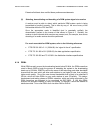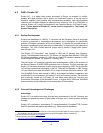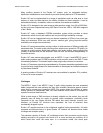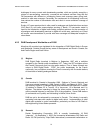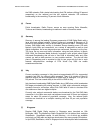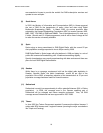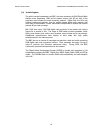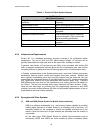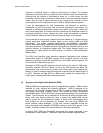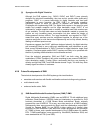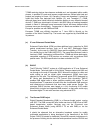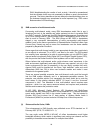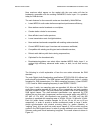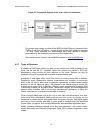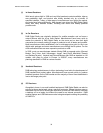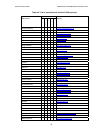DIGITAL RADIO GUIDE TERRESTRIAL TRANSMISSION SYSTEMS - DAB
26
services to individual clients or relatively small groups of clients. The telecom
systems are technically able to provide services to several users in the same time,
providing that the number of simultaneous users (or, in other words, the total
bandwidth capacity) does not exceed a certain level, or else the network collapses
rapidly. Also, the use of telecom services in the "one-to-many" scenario is much
more expensive for the user than the use of DAB (or DVB) broadcast systems.
It may be advantageous for both broadcasters and telecoms to provide a
combination of both one-to-many and one-to-one applications concurrently. For
example, a traffic/travel information service may consist of two parts: a basic part
and a value-added part. The former would be carried over the broadcast network to
everybody (possibly for free), whereas the latter would be available on-demand
over the telecom network and would be paid-up according to a tariff agreed.
As an example of such synergy, Nagra-Futuris has created an IT infrastructure for
hosting end-to-end interactive services based on the existing GSM and DAB
technologies. The system provides back-channel communication, conditional
access, data warehousing, integrated billing/clearing and interfacing to external M-
commerce providers. The system allows for deployment of interactive services and
dynamic insertion of programme related data. The mobile terminal device is a
combination of mobile phone and DAB receiver. It contains a DAB Identification
Module (DIM).
The EBU have identified many attractive interactive applications and business
opportunities based on DAB/GSM synergy. Such synergetic services may help
telecoms to generate more traffic and offer new, rich-content services (games, live
and on-demand video/audio clips, etc.).
Synergies of GSM and DAB networks may be useful in the case of DAB single-
frequency networks (SFN) at L-Band. To set up an SFN network at L-Band, the
transmission sites must not be any further than 18 km apart using Transmission
Mode II in order to maintain network timing and to benefit from the network gain of
an SFN. Therefore an ideal SFN at L-Band could emulate the infrastructure of
mobile phone networks with lower masts and powers.
(2) Synergies with Digital Radio Mondiale (DRM)
DAB and DRM are complementary as they target different markets. DAB is mainly
intended for local, regional and national audiences. DRM is designed to be
deployed in the frequency bands below 30 MHz to replace existing AM services
and targets more large coverage zones. This system has been successfully
standardised within ITU and ETSI and is now being implemented in the commercial
market. Future listeners will be interested in all services provided by digital radio,
hence radio sets should enable the users to receive any digital radio service
without concern for the transmission system. In terms of the technologies used,
both systems are not too dissimilar; for example, both are using COFDM and
similar channel coding strategies. To this end, common integrated circuits are
being developed and integrated DAB/DRM receivers could soon appear in the
market. A common interface for external devices is also being developed.
In August 2003, DRM and WorldDAB announced they would collaborate in the
development of their systems." Reference: http://www.worlddab.org/press.aspx



